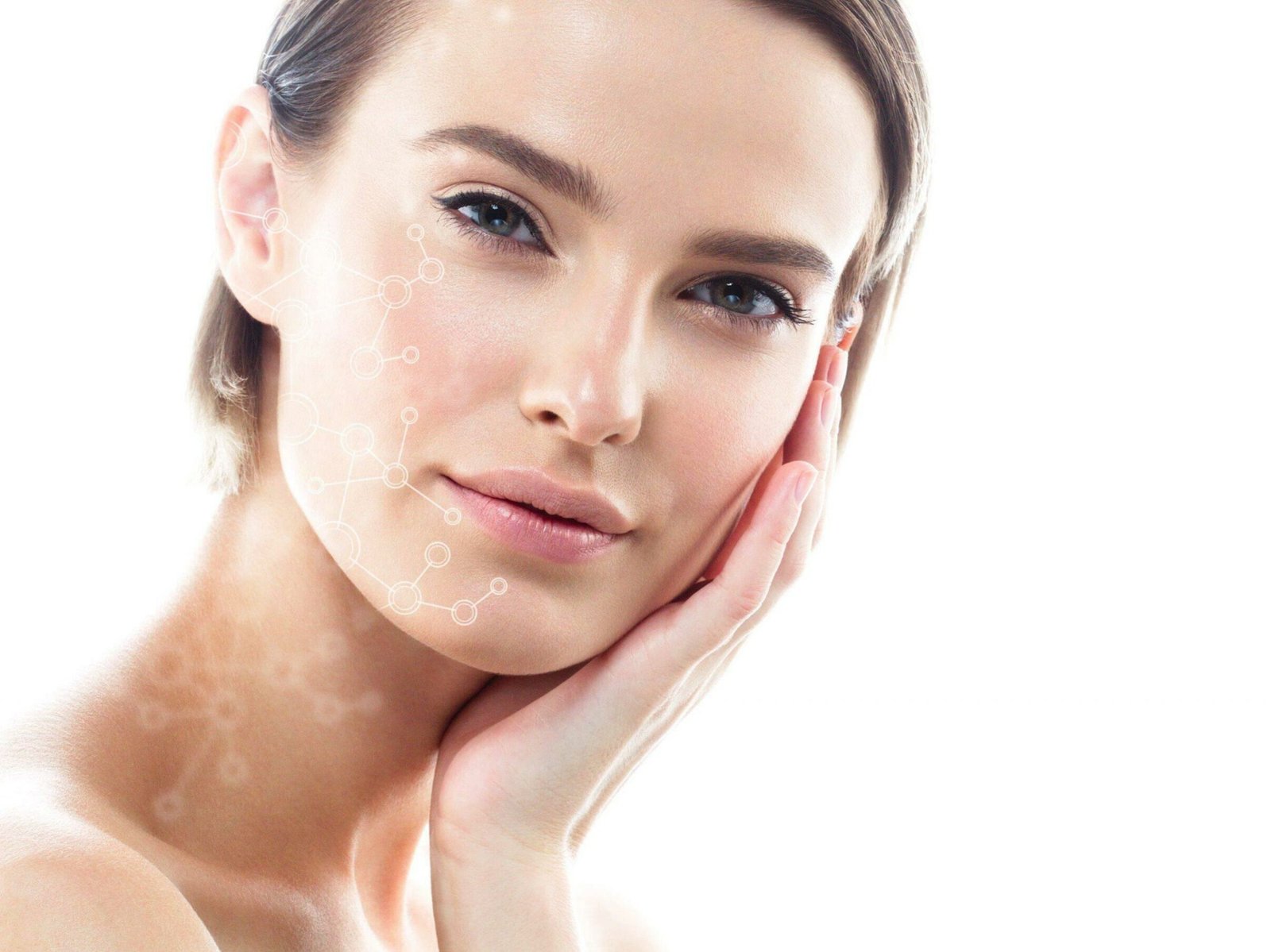This is a really tough question.
The skin is now viewed as an ecosystem … so how would you answer the question: What is the perfect ecosystem?
Is it a rainforest? Which type of rainforest? Or is it a coral reef or a savannah? Think of these ecosystems as the earth’s skin microbiome.
One measure of the health of an ecosystem is diversity. Diversity is a measure of how many species there are. Can this be used for the skin microbiome?
There is some debate around this. On one hand, it is clear that our modern lifestyle has resulted in the loss of a large part of the microbial diversity on our skin. Hunter-gatherers have a lot more diversity and don’t tend to have a handful of species that are very dominant (the way that we do). On the other hand, skin works hard to exclude the majority of incoming microbes by maintaining a low pH (4,5), secreting anti-microbial compounds (like sapienic acid), and keeping the salt levels high (through sweating). Sometimes, increased diversity is not good and indicates an immune system that is too permissive. It has been shown, for example, that there is an increase in the diversity of the skin microbiome just prior to the outbreak of eczema. This is usually accompanied by a rise in the pH and a breakdown of barrier function.
So, we need diversity within the sub-set of microbes that are meant to live on skin. The group that we’ve co-evolved with.
In short, no-one knows what the perfect skin microbiome looks like yet, and it will probably turn out to be very specific to the individual.





